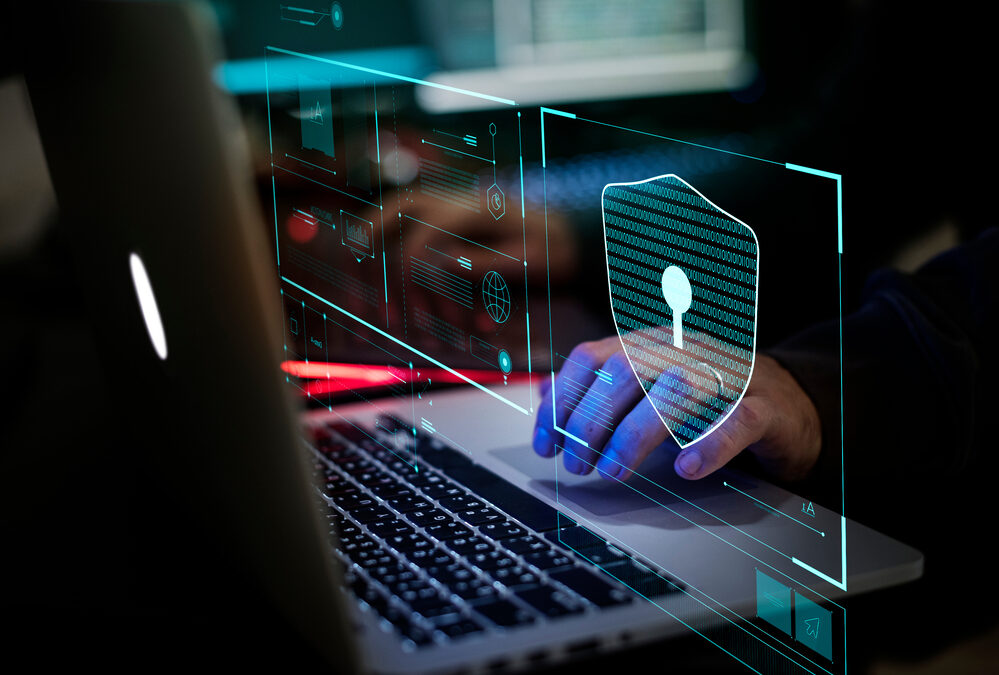Introduction:
In an increasingly interconnected world, the boundaries between physical and cyber security are becoming more blurred. Organizations must recognize that robust physical security measures are integral to a comprehensive cybersecurity strategy. This blog will delve into the intricate relationship between physical and cyber security, exploring how improvements in physical security can significantly enhance an organization’s overall cybersecurity posture.
The Weakest Link: Physical Vulnerabilities
Physical security serves as the first line of defense against unauthorized access to critical infrastructure and sensitive information. Physical security refers to the protection of people, property, and physical assets from the risk of physical actions and events, such as fire, flood, natural disasters, burglary, theft, vandalism, and terrorism. Neglecting physical security can expose an organization to a range of threats, including unauthorized personnel gaining physical access to servers, networking equipment, and other vital components. This, in turn, could open the door to cyber threats.
Insider Threats and Physical Access
Insider threats, whether intentional or unintentional, can pose a significant risk to an organization’s cybersecurity. Physical security controls, such as access control systems and surveillance cameras, play a pivotal role in mitigating insider threats by restricting access to sensitive areas and monitoring activities.
Data Center Security: Where Physical and Cyber Converge
Data centers house the backbone of an organization’s digital infrastructure. Securing these facilities is not just about guards and surveillance cameras; it involves implementing measures like biometric access controls, secure cabinets, and environmental controls. A breach in data center physical security could have catastrophic consequences for cybersecurity.

Social Engineering and Physical Access
Cyber attackers often exploit human vulnerabilities through social engineering tactics. Physical security awareness training can empower employees to recognize and resist social engineering attempts, reducing the risk of unauthorized physical access that could lead to cyber breaches.
Securing IoT Devices and Physical Spaces
The proliferation of Internet of Things (IoT) devices means that physical spaces are becoming increasingly connected. These devices can serve as entry points for cyber threats if not adequately secured. Integrating physical security measures with cybersecurity protocols is essential for protecting both the physical and digital realms.
Incident Response and Physical Security
In the event of a cybersecurity incident, an effective response requires coordination between physical and cyber teams. Understanding the physical aspects of an incident, such as where it occurred and who had physical access, can aid in the digital forensics process and contribute to a more comprehensive incident response plan.
Regulatory Compliance: A Holistic Approach
Many industries are subject to regulatory frameworks that encompass both physical and cyber security requirements. Taking a holistic approach to compliance ensures that organizations meet regulatory standards in both realms, reducing the risk of legal and financial consequences.
Conclusion:
As organizations continue to navigate the evolving landscape of cybersecurity threats, it is crucial to recognize the symbiotic relationship between physical and cyber security. Strengthening physical security measures not only mitigates immediate physical threats but also acts as a foundational layer for a robust cybersecurity strategy. The convergence of these two realms is essential for building a resilient defense against the ever-expanding range of threats in the digital age.

